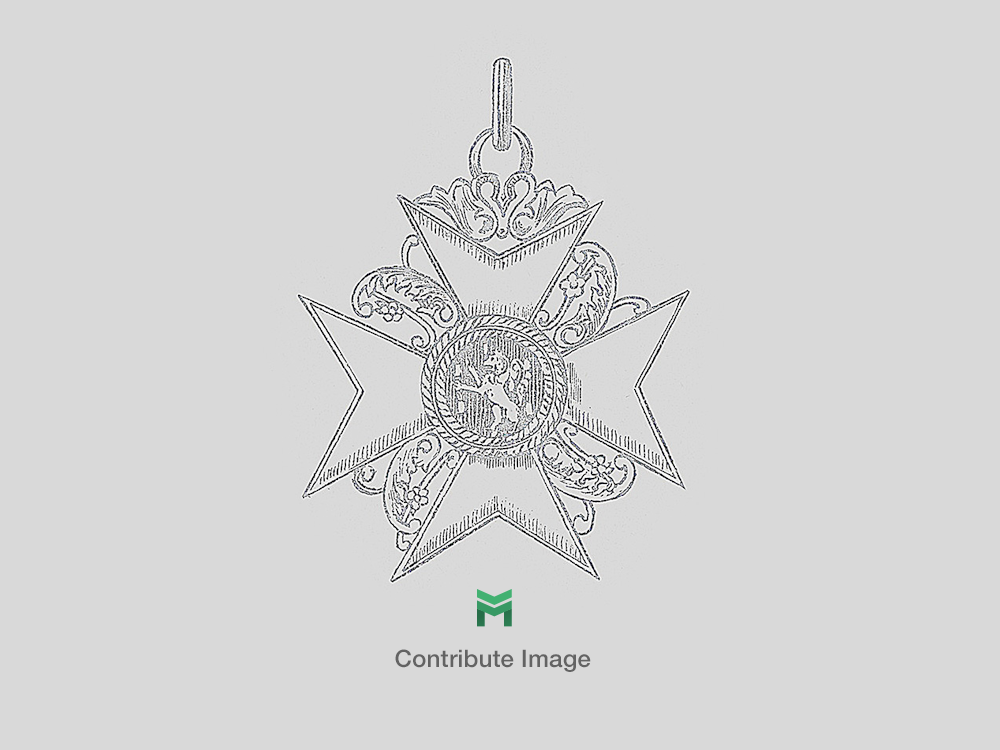Kriegsmarine 2nd pattern Obermusikmeister Shoulder Boards
CATEGORY: Version
SKU: 21.GOR.03.02.02.07.02.004.000
Estimated market value:

Estimated market value:
The headgear, uniforms, and insignia worn by members of the Kriegsmarine were based upon the designs utilized by the Kaiserliche Marine (Imperial Navy) and the Reichsmarine of the Weimar Republic. The official regulations governing the uniforms of the Reichsmarine were issued on April 5, 1921, and they were embraced, with a few alterations, as the Kriegsmarine uniforms in 1935.
The first regulations concerning the shoulder boards of officers were issued in 1933, but they were altered several times throughout the interim years and during the war.
Shoulder boards or straps were first and foremost used to identify a soldier’s rank. In certain cases they would also identify the soldier’s branch and unit, and potentially his specific role/career.
Shoulder straps were worn by lower ranks, whereas shoulder boards were worn by higher ranks. The difference lies in the quality of the material, the more elaborate look of the shoulder boards, and the fact that shoulder boards were padded and therefore more stiff, while shoulder straps generally were not. For the sake of simplicity, the terms will be used interchangeably.
Shoulder straps differ in size due to varying production methods and materials, the amount of pips and cyphers they have to hold, and even the wearer’s shoulder size.
The Kriegsmarine shoulder boards were manufactured in three distinct styles, sew-in, slip-on, and pass-through. The boards on the tropical uniform were generally button-on.
The Kriegsmarine used four different uniform types, distinguishable by colour. The shoulder boards will differ from each other depending on what type of uniform they were intended for. The main uniform was navy blue in colour and features shoulder boards with a dark blue underlay. Shoulder boards for the white uniform are very similar, except that they have a white underlay. The brown tropical uniform and the field-grey uniform used mostly by Coastal Artillery units came with shoulder boards that somewhat differed from those of the blue and white uniforms, and will be covered towards the end of this description.
In the Kriegsmarine, shoulder boards were used by soldiers of every rank. An exception were the lowest ranks, the Enlisted Men (EMs), known collectively as Matrosen (seamen), who were only issued shoulder boards with the field-grey uniform and, on occasion, the tropical brown uniform.
Music Leaders, which includes music superintendents and bandmasters, were a rank class between senior NCOs and officers. They only wore the blue/white and the field-grey uniforms. Two different shoulder board patterns were in use, until in 1943 they adopted the rank insignia of regular officers.
Shoulder boards of the 1933-1938 pattern were made of dark blue wool, with a narrow centre braiding of three parallel cords with six bends at either side and one bend at the bottom, surrounded by two parallel cords with two bends at the bottom. They were worn with a gold-coloured metal career insignia cypher in the form of a lyre.
Initially there were only two ranks: Obermusikmeister wore two pips, one above and one below the cypher, and Musikmeister wore one pip below the cypher. In March of 1936 the rank of Stabsmusikmeister was introduced. Now Stabsmusikmeister wore two pips, Obermusikmeister wore one pip, and Musikmeister wore no pips.
Shoulder boards of the 1938-1943 pattern were made of silver and dark blue silk cords in the form of officer shoulder boards, with the same system of pips and a lyre cypher. An underlay in dark blue cloth was worn with the blue uniform, and in white cloth with the white uniform.
Boards for bandmasters, which include Stabsmusikmeister, Obermusikmeister, and Musikmeister, were in the form of shoulder boards worn by junior grade officers: they were made of two parallel flat cords, the outer half in silver threads, the inner one in dark blue artificial silk threads. In the centre there was another silver cord that was shorter due to the buttonhole. The threads of the cords are in a V-pattern. The amount of pips per rank stayed the same.
Boards for music superintendents, including Obermusikinspizient and Musikinspizient, were of the braided pattern of the field grade officers: they were made of two parallel silver cords with a dark blue artificial silk cord in between them. The cords also have the V-pattern threads. Obermusikinspizienten wore one pip, and Musikinspizienten wore no pips.
In 1943, the dark blue cord between the silver cords was removed, so that the shoulder boards were the same as those of officers. Everything else stayed the way it was.
Bandmasters could also wear the field-grey uniform, while music superintendents did not wear it. Shoulder boards worn between 1933 and 1938 for the field-grey uniform differed from those for the blue uniform in that they were made of bright red wool or silk cords on a field-grey or dark blue-green underlay. Lyre and pips were the same as with the boards for the blue uniform. With the change to the 1938-1943 pattern, the shoulder boards worn with the field-grey uniform were the same as the ones worn with the blue uniform, except that they had a dark blue-green underlay.

Comments
Sign in to comment and reply.


Scroll Top